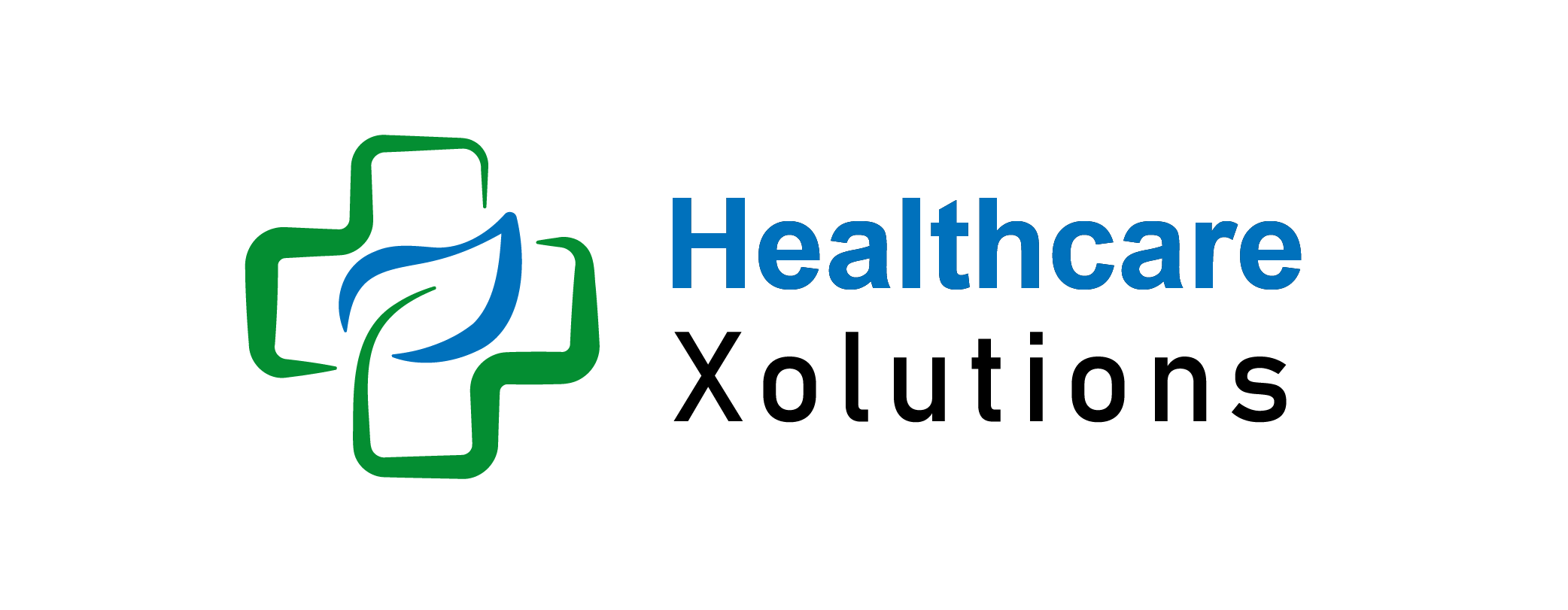How To Choose Health Insurance as a Self-Employed | Step-By-Step Guide 2025

Being self-employed offers freedom and flexibility, but it also comes with the responsibility of managing your own health insurance. A report from MoneyCrashers highlights the difficulties faced by self-employed individuals, noting that many struggle to find affordable health insurance. With over 10 million Americans currently working as self-employed or freelancers, the need for solid health insurance is more critical than ever. This article simplifies the process, offering actionable steps to secure a plan that fits both your healthcare needs and your budget.
This article simplifies the process and guide you how to choose health insurance as a self-employed.
Key Takeaways:
- Assess your health, financial situation, and family needs before exploring insurance options.
- The Health Insurance Marketplace, HSAs, and professional organizations are excellent starting points for coverage.
- Compare premiums, deductibles, and network coverage to find the best fit.
- Explore subsidies or tax credits to reduce your costs if you qualify.
- Annual reassessment ensures your plan keeps pace with changing needs.
Table of Contents
What is Meant By Health insurance?
Health insurance is a type of insurance coverage that pays for medical, surgical, prescription drug, and sometimes dental expenses incurred by the insured. It is designed to help protect individuals and families from the high costs of healthcare by covering all or part of the expenses for medical services.
Why Is Health Insurance Important?
- Financial Protection: It minimizes out-of-pocket expenses during illnesses or accidents.
- Access to Quality Care: Enables timely and effective medical treatments.
- Peace of Mind: Provides security against the uncertainty of healthcare costs.
How To Choose Health Insurance as a Self-Employed? Steps You Must Know
1. Understand Your Coverage Needs:
Begin by assessing your:
- Health history: Consider any chronic conditions or regular medications.
- Family needs: Evaluate dependents’ coverage requirements.
- Preferred doctors and hospitals: Ensure they are in-network with potential plans.
- Budget: Balance monthly premiums with expected out-of-pocket expenses.
2. Explore Available Options:
Being self-employed gives you access to a variety of health insurance options:
- Marketplace Plans: Organized into Bronze, Silver, Gold, and Platinum tiers, offering varying levels of cost and coverage.
- Health Savings Account (HSA)-Eligible Plans: Pair an HDHP with an HSA for tax-free medical savings.
- Professional Organizations: Many offer group health plans with competitive rates.
- COBRA: Provides temporary continuation of employer health insurance after leaving a traditional job.
- Short-Term Plans: Limited, temporary coverage suitable for interim needs.
3. Compare Plans Carefully:
Key comparison points include:
- Premiums: Monthly cost of the plan.
- Deductibles: Out-of-pocket amount before coverage begins.
- Out-of-pocket maximums: The maximum you’ll pay annually for covered services.
- Network coverage: Ensure your preferred providers are included.
- Prescription drug coverage: Check medication costs and availability.
4. Evaluate Financial Assistance Options:
In 2024, subsidies and premium tax credits through the Health Insurance Marketplace remain available to those who meet income thresholds. These can help reduce monthly premiums and out-of-pocket costs.
5. Consider Additional Coverage:
Explore supplementary options such as:
- Dental and Vision Insurance: Not typically included in standard plans.
- Disability Insurance: Offers income protection if illness or injury prevents you from working.
6. Review Policy Details:
Always read the fine print. Pay close attention to:
- Referral Requirements: Some plans may require referrals to see specialists.
- Exclusions and Limitations: What is not covered?
7. Use a Broker or Advisor:
Consider working with a health insurance broker or advisor. They can help you navigate complex options and find the best fit for your needs, often at no extra cost.
8. Plan for Annual Reassessment:
Your healthcare needs may change each year. During open enrollment (typically in November and December), reassess your health insurance to ensure it still meets your needs.
Conclusion – How To Choose Health Insurance as a Self-Employed:
Choosing health insurance as a self-employed individual can be challenging, but it’s essential to your health and financial stability. By understanding your needs, exploring various options, and carefully comparing plans, you can find a solution that works for you. With 2024 projected to see an increase in self-employed professionals, securing the best self-employed health insurance has never been more important.
FAQs:
Can I get financial assistance for health insurance?
If your income meets eligibility requirements, you may qualify for subsidies or tax credits through the Health Insurance Marketplace.
What should I prioritize when comparing plans?
Focus on premiums, deductibles, network coverage, and prescription drug benefits. Choose a plan that balances cost and coverage for your healthcare needs.
